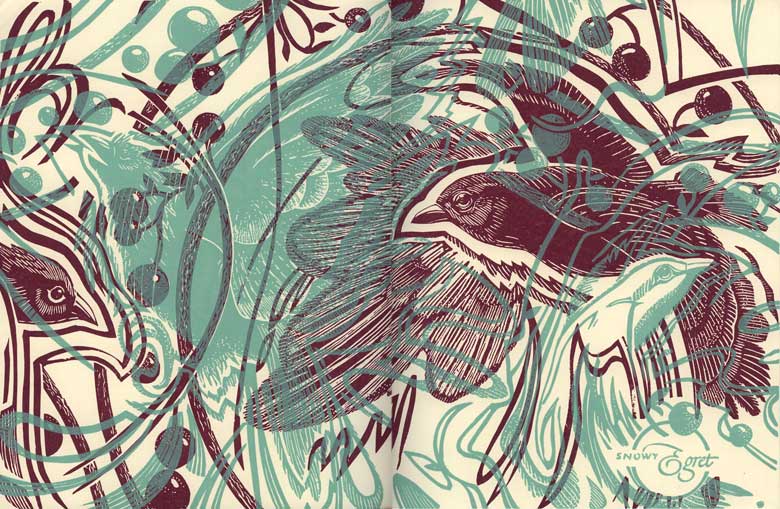

Snowy Egret is looking for articles, essays, or stories that celebrate the richness and beauty of nature, encourage a love and respect for the natural world, and examine the variety of ways, both positive and negative, through which human beings interact with the environment. Its readers are typically well-informed, well-educated humanists and naturalists with strong personal affinities to the physical world, natural phenomena, and living things. Sophisticated even in their appreciation of the simple truths of nature, they are already familiar with the usual cliches and sentimental responses of those whose literary reactions are borrowed, quick, or facile. Thus, when it comes to selecting manuscripts for Snowy Egret, we are less concerned with the actual subjects and ideas our authors have chosen and the forms through which they convey their ideas than with the strength and integrity with which they present the evidence for those ideas. As editors, we find that the most effective pieces of non-fiction nature writing are those in which our authors have drawn upon their first-hand knowledge of particular aspects of the natural world or particular relationships between people and nature and have shared their observations and experiences through detailed descriptions, dialogues, or narratives. These authors inevitably manage to put our readers in their own "moccasins" for a time.
The time-honored principles of good essay writing should be employed when crafting a piece of non-fiction for Snowy Egret. If the work is informative in intent, whether scholarly or informal, the assertions of its introduction or discussions should be supported by plenty of evidence, taken either from other writings or from the direct observation of nature. In scholarly works the usual credits and citations for this evidence should be part of the discusssions themselves, while in more informal essays, relying for their support on direct observation, the author should clearly claim responsibility for recording the evidence by detailing individual instances of observation. On the other hand, if the intent of the work is to recreate experiences, to "show what happened," as in "eye-witness" accounts and true experiences, the author's connection to the original experience will not only be clear from the start but will also provide the rationale and very structure for the work. However, here, the author has a different responsibility, that of "bringing the experience to life" so that the reader can become sensually, intellectually, and emotionally caught up in the events depicted. To facilitate the involvement of the reader, we would suggest using precisely detailed descriptions to engage the reader's eye and other senses. Seeing, hearing, smelling, tasting, and touching elements of the scene in question, the reader will become a part of it. We would also suggest using dialogue whenever possible to further engage the reader's ear--and intellect as well. Dialogue invariably puts the reader at the edge of the scene in which it occurs, in an attentive attitude, listening. And, finally, we would suggest using a story line that emphasizes only those actions vital to the delineation of the experience. This will keep the reader tightly tied to the essentials of the recollections or vision.
Snowy Egret is committed to encouraging authors who have a strong orientation toward nature. Manuscripts that show promise, whether or not accepted by us for publication, will receive individual comments. We look forward to reading your work.
All text and images bear the copyright of Snowy Egret and may not be used in any form without permission.